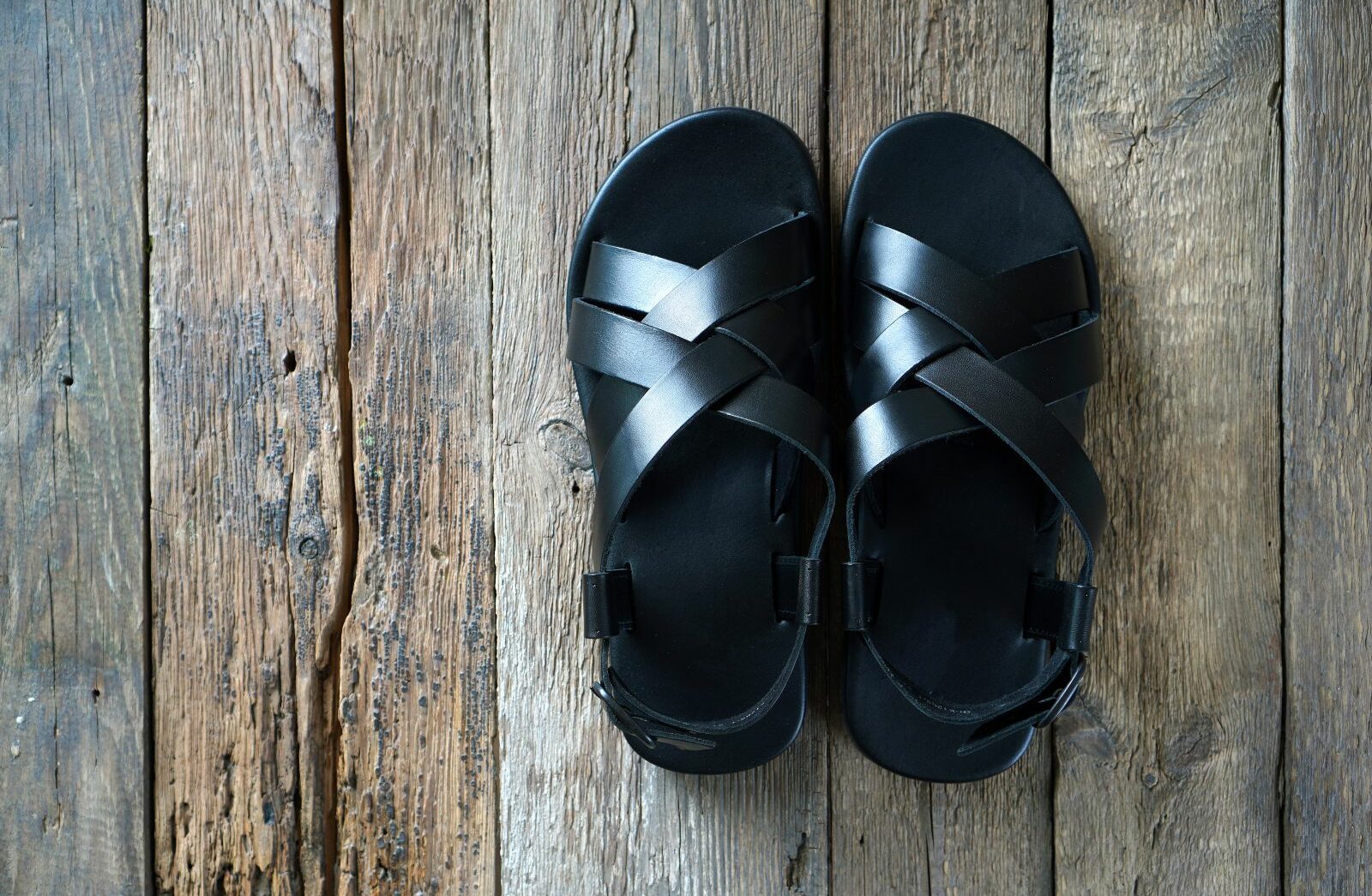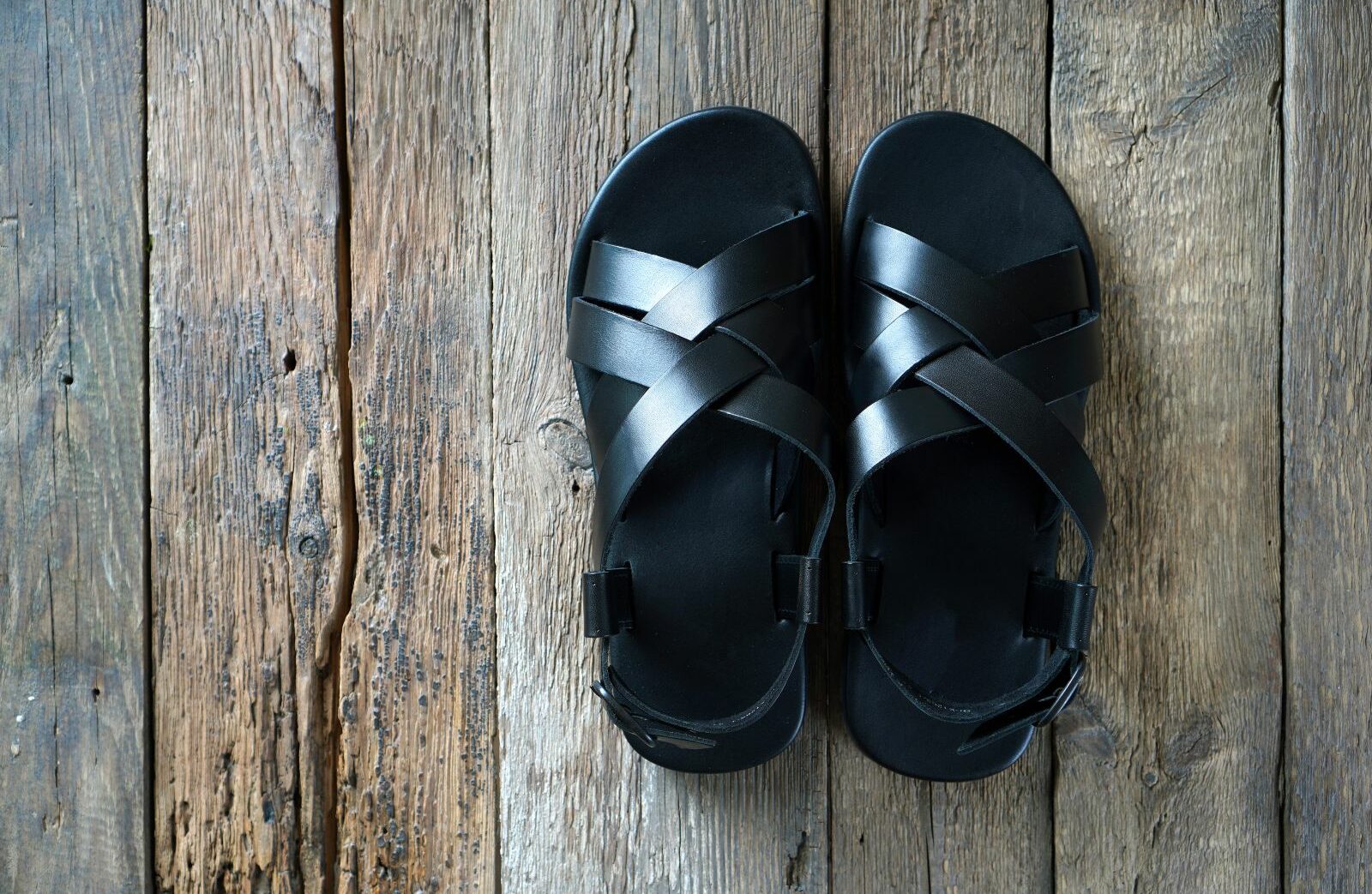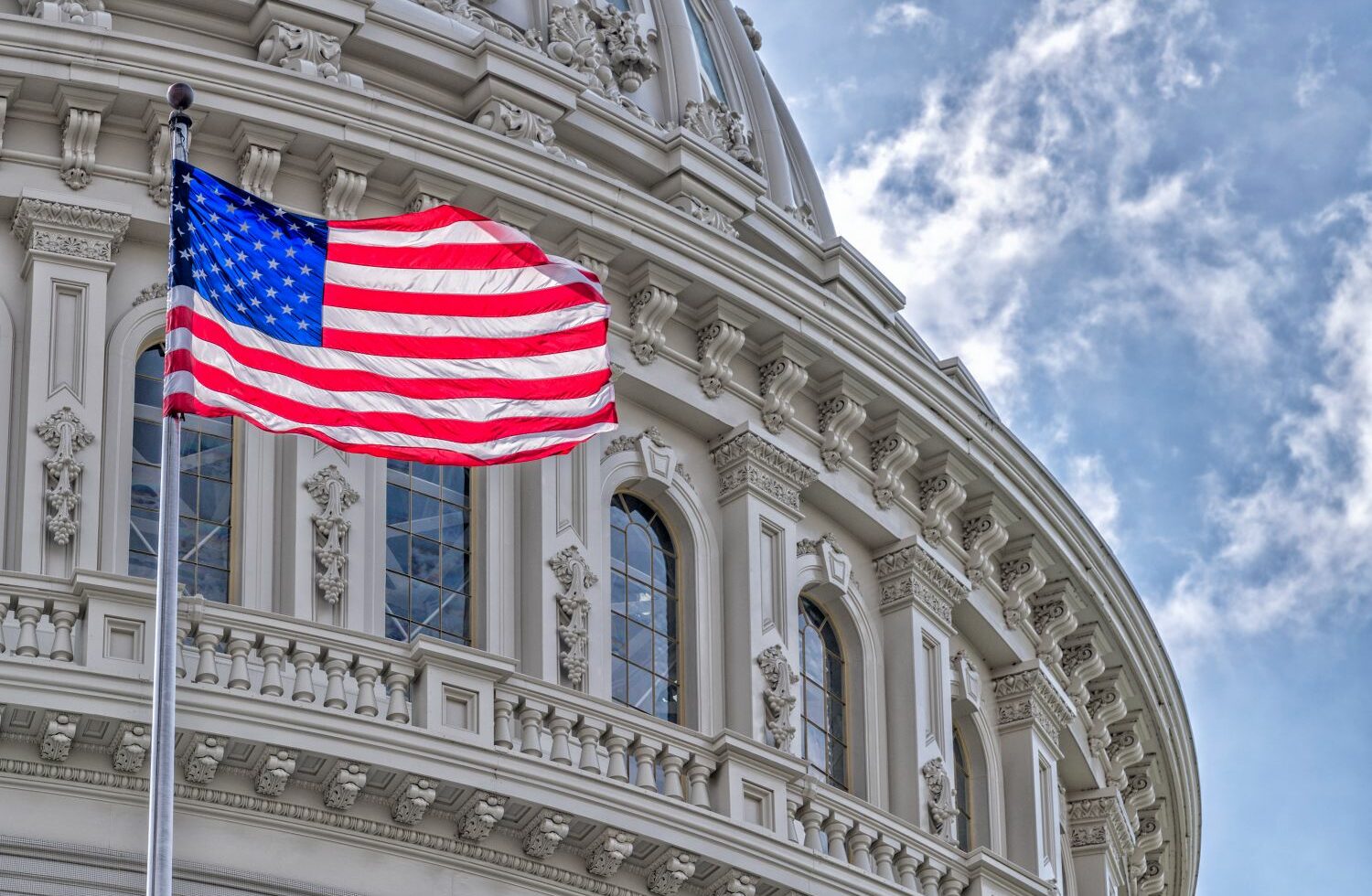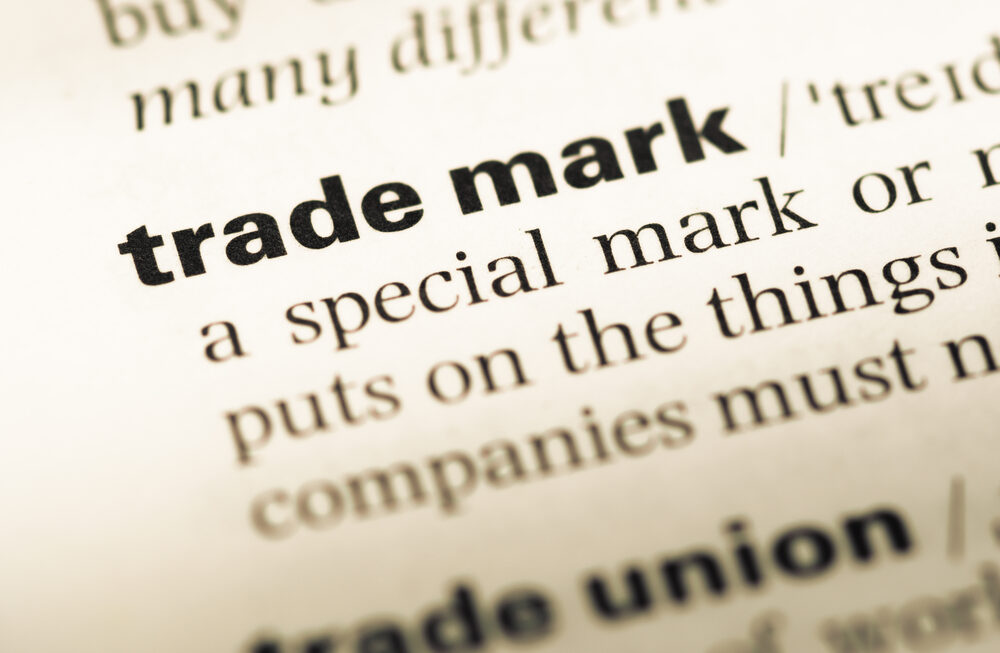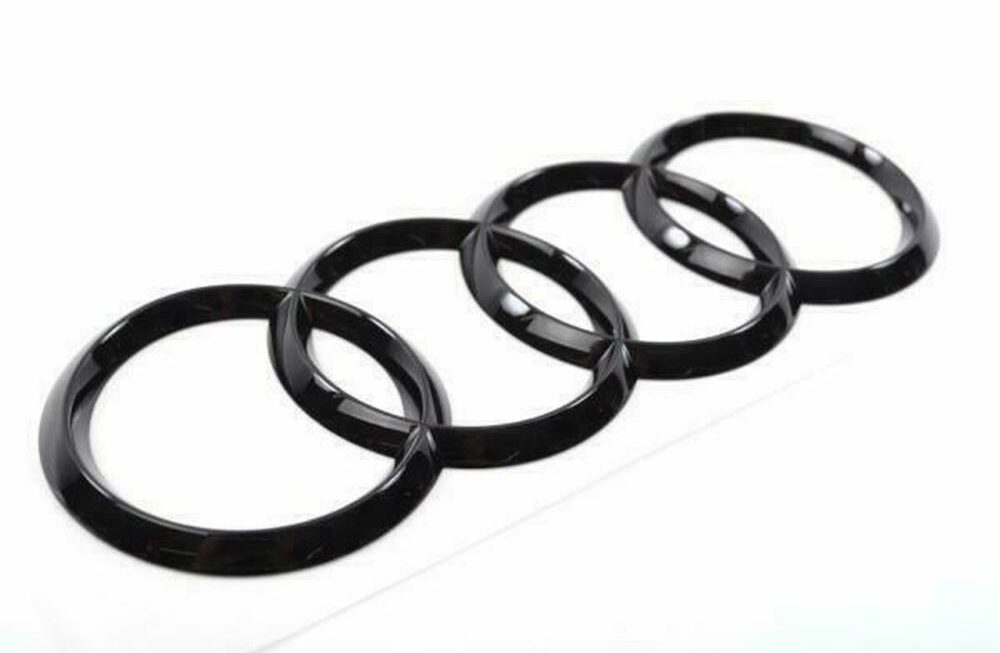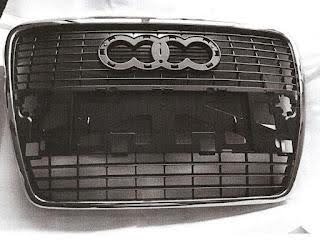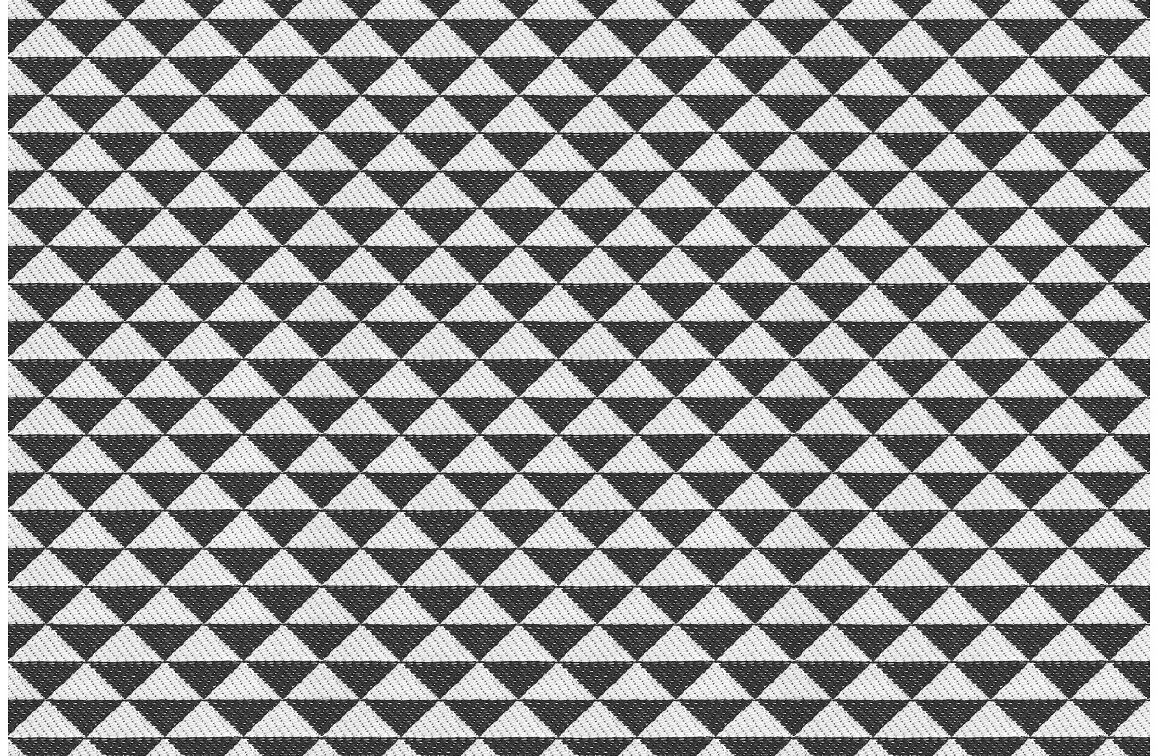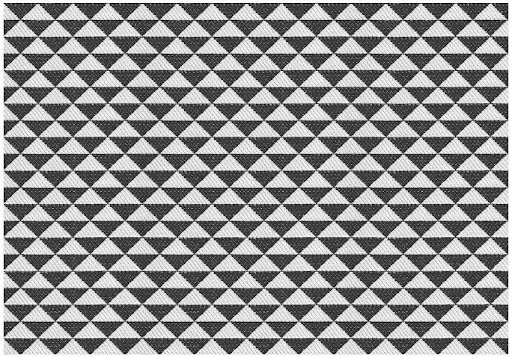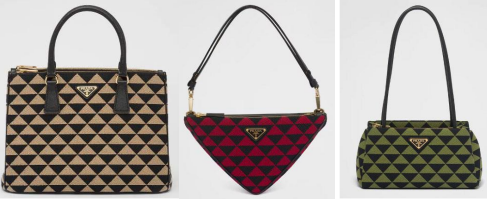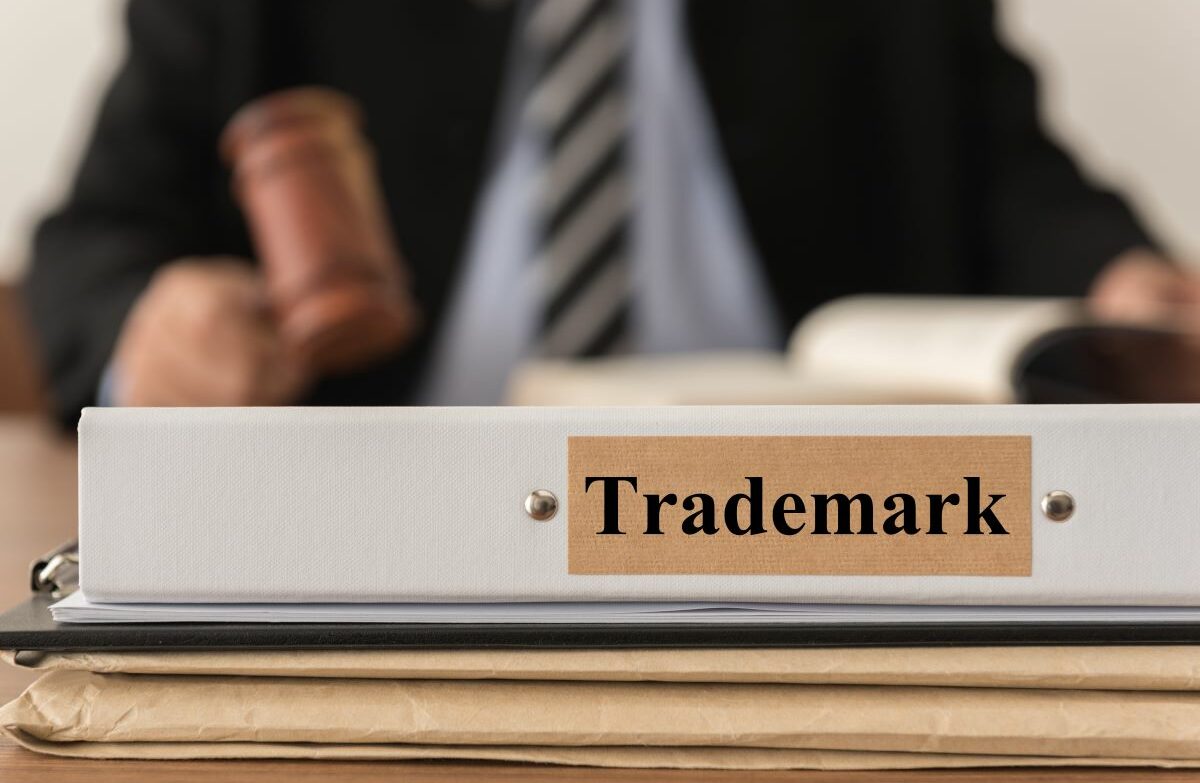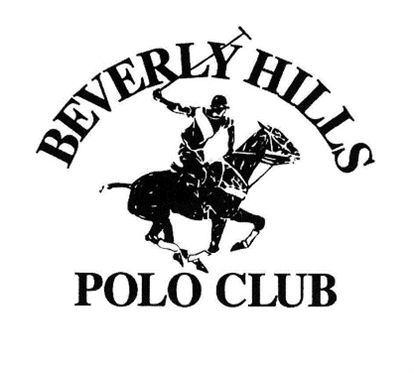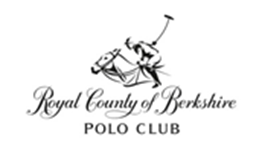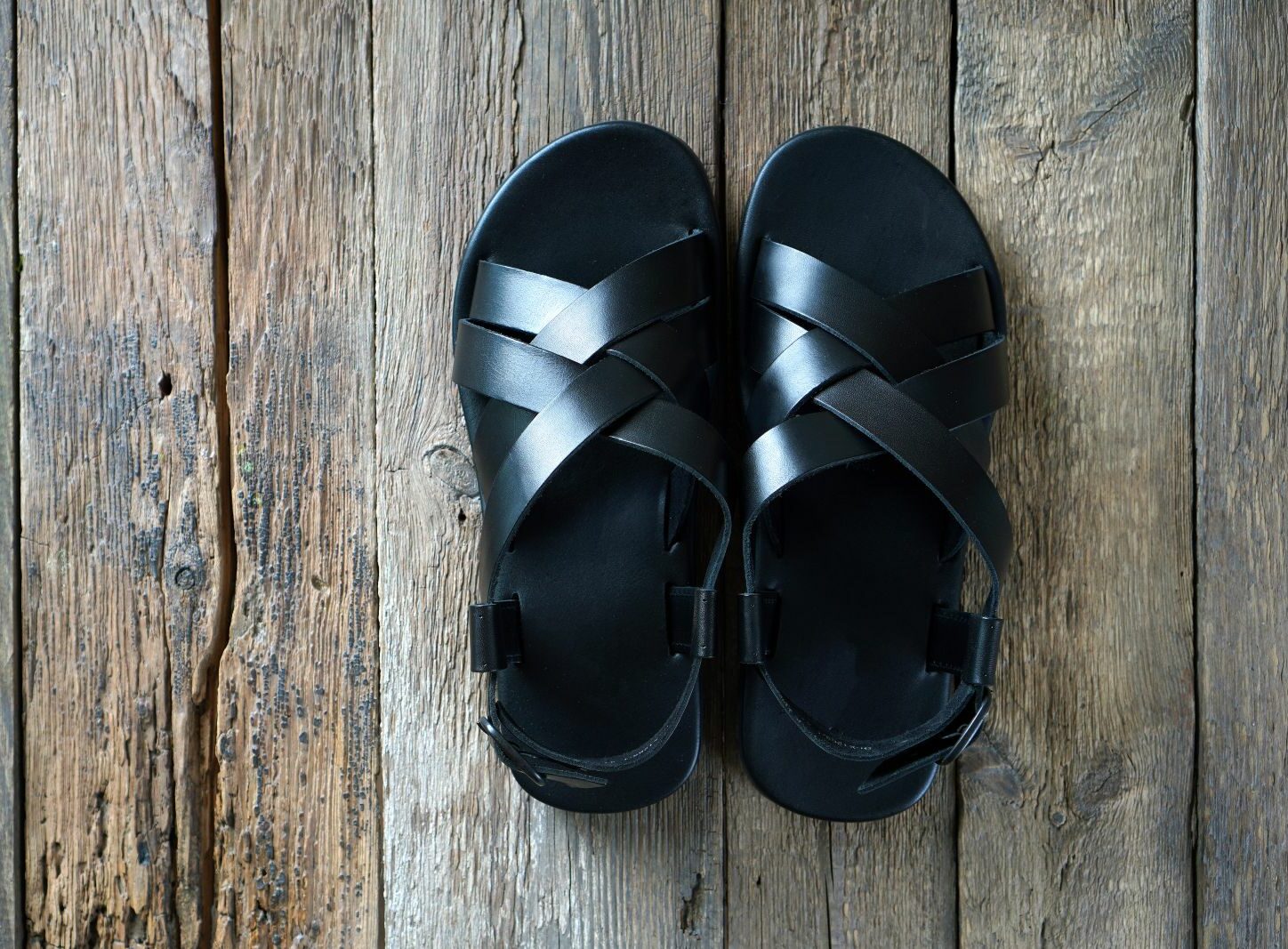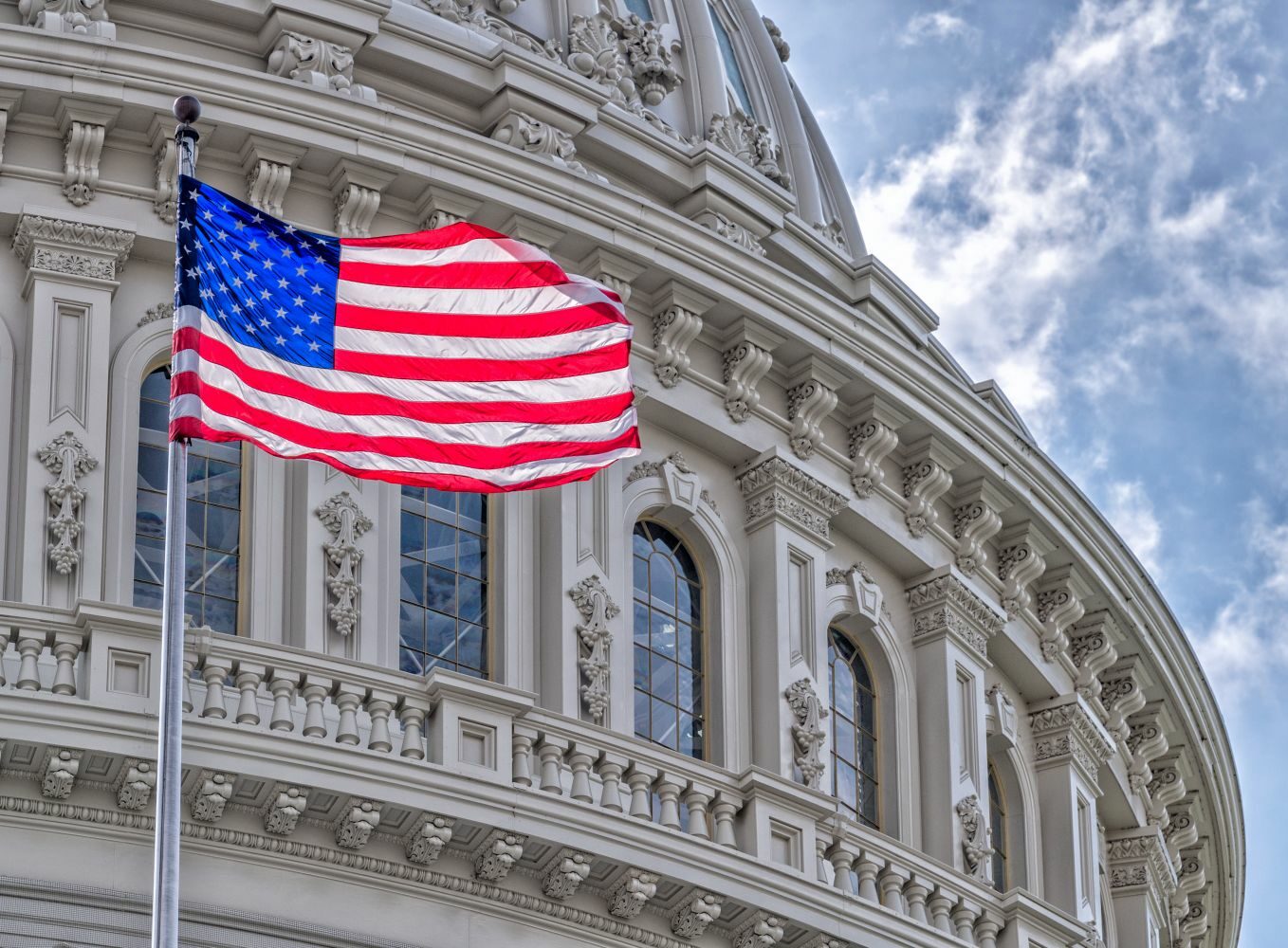The Importance of Active Brand Use
In early 2025, Austrian property developer Josef Kleindienst initiated cancellation actions against several James Bond trademarks in the UK and EU, asserting that they had not been used commercially for over five years. Kleindienst, a property developer based in Dubai, filed cancellation actions based on “non-use” against registered trade marks such as “James Bond Special Agent 007”, “James Bond 007”, and “Bond, James Bond.” These trade marks, held by Danjaq LLC and Eon Productions, cover a wide range of goods and services, including cosmetics, video games, and hospitality services. Kleindienst argues that these marks have not been commercially exploited in these areas for at least five years, making them susceptible to revocation under UK and EU trademark law.
UK and EU trade mark laws stipulate that a registered trademark can be revoked if it has not been put to genuine commercial use within that particular jurisdiction for a continuous period of five years. This principle ensures that the register reflects marks that are actively used in trade, preventing the monopolization of terms that are not in use. Kleindienst’s actions underscore the risks associated with failing to use a trade mark in the course of trade for an extended period of time, even for well-known brands like James Bond.
Lessons for trademark owners
The challenge to the James Bond trademarks serves as a cautionary tale for all registered trade mark owners. Even iconic brands can face legal challenges if they do not actively use their registered trade marks in the course of trade. To mitigate the risk of cancellation actions, trademark owners should:
-
Monitor Use: Regularly assess and document the commercial use of the registered trade mark in the territories in which it is registered;
-
Diversify Use: Expand the use of the registered trade mark across different goods and services to strengthen its position; and
-
Maintain Records: Keep detailed records of marketing, sales, and other commercial activities involving the registered trade mark.
Summary
This move highlights the critical importance for businesses to actively use their registered trade marks in a commercial context and in relation to the goods and/or services which have been specified in the registered trade mark, to prevent such challenges.
If you have any questions or would like further information regarding any of the above, or would like to understand how we could help you, please do not hesitate to contact us, either by email at mail@bailey-walsh.com or by telephone on +44 (0)113 243 3824.







